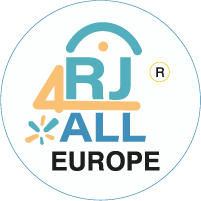Child Sexual Abuse
While there is no universal definition of child sexual abuse, the American Psychological Association describes it as follows:
“The dominant position of an adult that allows him or her to force or coerce a child into sexual activity. Child sexual abuse may include fondling a child’s genitals, masturbation, oral-genital contact, digital penetration, and vaginal and anal intercourse. Child sexual abuse is not solely restricted to physical contact; such abuse could include noncontact abuse, such as exposure, voyeurism, and child pornography.”
The Directive on combating the sexual abuse and exploitation of children, provides since 2011 the legal framework to protect children from sexual abuse, exploitation, and child pornography. It sets minimum standards for defining criminal offences and sanctions, ensures robust investigation and prosecution, and includes provisions for victim protection and assistance. The Directive also emphasises prevention efforts, including measures to reduce the risk of reoffending and to raise public awareness about the issue.
Following an interim regulation, on May 11, 2024, the European Commission proposed a new Regulation on preventing and combating the sexual abuse and sexual exploitation of children. This new legislation aims to help EU countries detect and report child sexual abuse online, prevent child sexual abuse, and support victims.
RJ4All's Expertise and Initiatives
“Child Sexual Abuse is real and has penetrated the core of our modern societies. It involves the person entrusted with protecting a child, violating their position of power. School teachers, spiritual leaders, parents, family members, doctors, scout leaders, and coaches have all been included in the list of perpetrators.”
According to Gavrielides (2012), restorative justice can offer an alternative way of dealing with child sexual abuse, based on evidence and assessed on a case-by-case basis. The element of power abuse between adults and children is central to these cases. However, additional caution and safeguards are necessary if a restorative encounter is agreed upon, to ensure the safety and well-being of the child.


